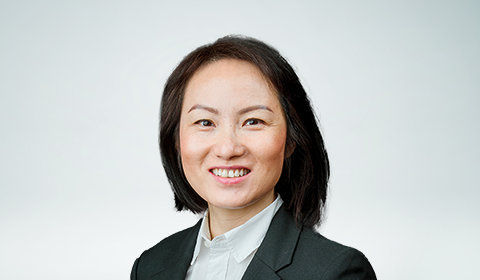The doctor enters the exam room and shares the welcome news: “Your cancer is in remission!” End of story right?
Wrong.
For many cancer survivors, the story is just beginning: many must grapple with cancer-related complications from physical injuries to psychological stressors and financial pressures. And the numbers of these survivors is growing due to medical advances. A report by the American Cancer Society in collaboration with the National Cancer Institute estimates there are more than 15.5 million cancer survivors alive in the US alone as of 2016. However, Asia accounts for half the global burden of cancer and socioeconomic changes and technology advances are likely to lead to increased numbers of survivors.
This presents an opportunity and a challenge to insurers: How can we design insurance products to address the concerns of this growing group of impaired lives, many of whom have defeated cancer, not once, but multiple times?
RGA Asia completed customer experience studies on cancer survivors from 2016 to 2017 to better understand their needs and test new product ideas for this growing impaired lives segment. The secret lies with truly understanding the experience of cancer survivors. Many compare their situation to the aftermath of a war: The battle is over, but the rubble remains. Friends and relatives return to their daily lives, but the survivor must painstakingly rebuild his or hers while overcoming physical frailty and worries over future re-occurrence. Also, it should be unsurprising given a strong emphasis on family in many Asian cultures that relatives take on caregiving responsibilities for cancer-stricken family members. This contributes to added financial stress due to loss of income of both the cancer survivor and his or her family.
Four Steps for Insurers
How can insurers help? A few common themes emerge:
- Bridge the protection gap: Cancer survivors in the studies expressed a concern that health insurance would not cover the total cost of treating and living with cancer
- Provide for reoccurrence: Depending on the type of cancer, the chances of reoccurrence can be relatively high or low. Insurers have a role to play in developing actuarially sound protection products to meet a clear need.
- Offer medical reimbursement: Paying cash for medical services upfront can result in discounts for the patient and benefit the provider. Perhaps that’s why cancer patients say they need hospital cash and medical reimbursement products – and why insurers should listen.
- Take interest in Critical Illness (CI): In Asia, demand for CI products is accelerating for obvious reasons. CI provides a lump-sum, tax-free payment should a policyholder suffer from certain specific and serious conditions. Adding longer term payments strengthens the attractiveness of these specialized policies.
In addition, a range of services for every stage, from prevention to recovery, have understandable appeal to cancer patients and their caregivers. If the market size is attractive enough, can insurers offer protection and services for cancer survivors after a certain waiting period? And can we give those patients who are under- insured a second chance to get new protection?
To make any of these solutions marketable, understanding the appeal and challenges from the distributors’ angle is as critical, as well. Ultimately, the most successful insurers will present relevant offerings to the right target audiences and, critically, develop products that provide peace of mind.
See how RGA helps companies just like yours.



